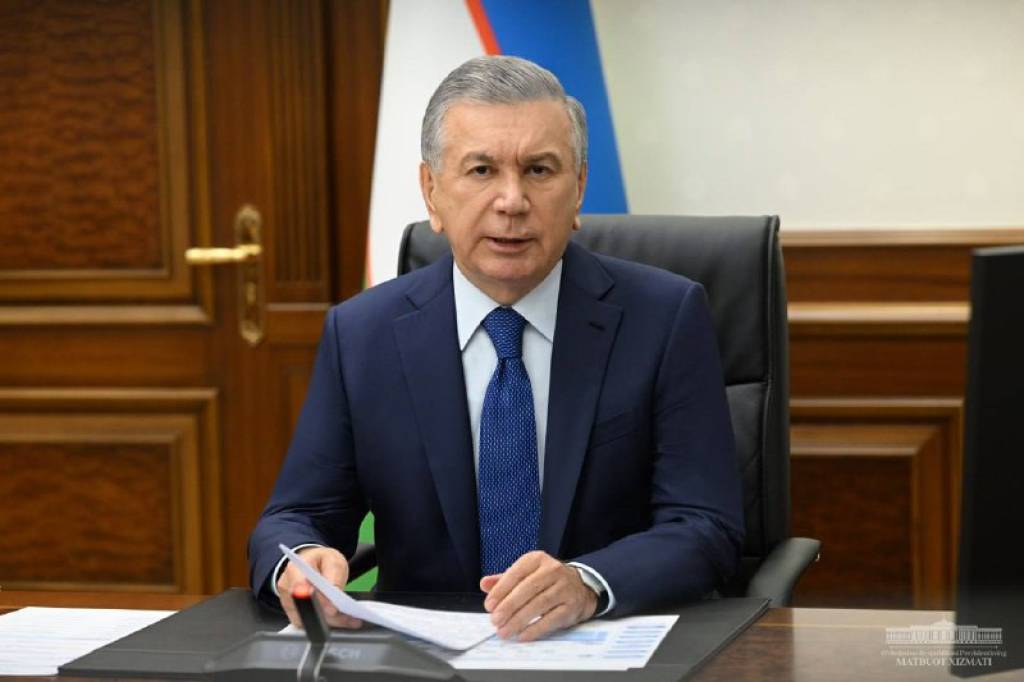WNAM MONITORING: President Shavkat Mirziyoyev chaired a meeting on energy saving and expanding the use of alternative energy sources.
The demand for energy resources in Uzbekistan is growing year by year. New stations are being built to meet this demand, and generating capacities are being increased.
At the same time, target indicators for saving electricity and natural gas were defined in the regions at the beginning of this year. During the Head of state’s visit to Fergana region in July, ways of scientifically based implementation of this plan with a two-fold excess were outlined.

Scientists from Fergana Polytechnic Institute studied electricity consumption in Fergana region. Thus, annual losses at the Logon substation, serving 4.6 thousand households and 233 entrepreneurs, amount to 5 million kilowatt-hours. This is 1.5 times higher than the norm of natural losses.
According to calculations, by evenly distributing the load of 113 transformers receiving electricity from this substation, losses of 765 thousand kilowatt-hours can be prevented. Most importantly, this does not require any costs. It is only necessary to properly organize management at the district power grid enterprise.
Also, installing reactive power batteries on 44 transformers servicing water pumps can reduce losses by 1.1 million kilowatt-hours annually. It was noted that the costs would pay off within a year.
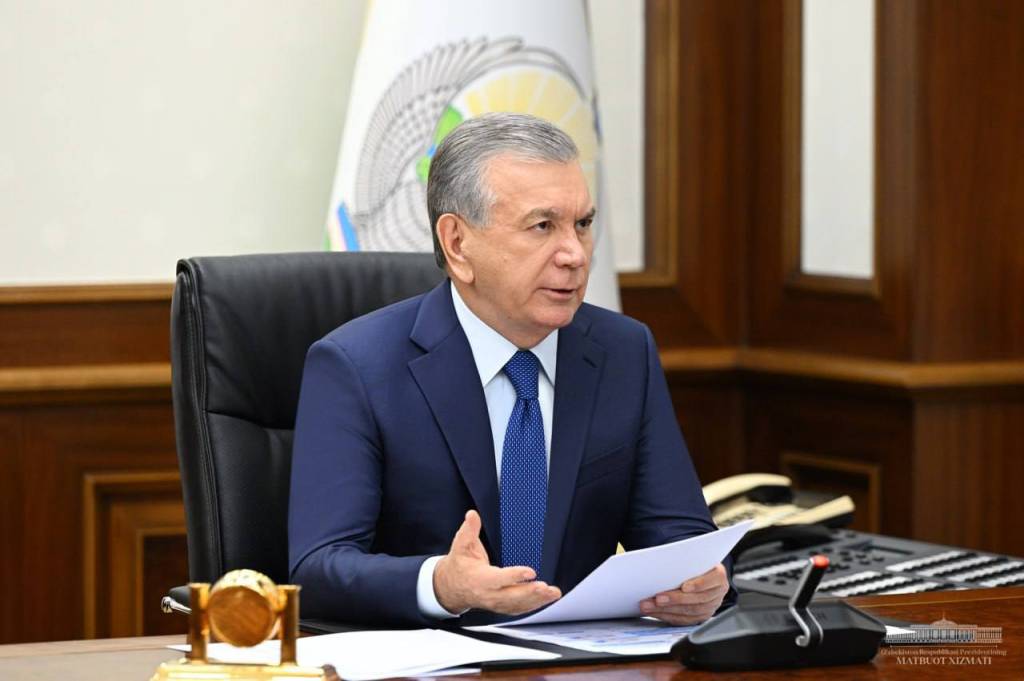
In general, it was calculated that losses at 14 substations in Fergana region amount to 15.5 million kilowatt-hours, which is equivalent to an average of 6 billion UZS per year. If the work is organized as effectively as described above, the plan for saving electricity can be fulfilled.
There are 1,800 such substations and about 100,000 transformers in Uzbekistan. Responsible persons have been instructed to implement this experience in other regions.
Good results in gas saving in Karakalpakstan. In 95 thousand households, 145 million cubic meters of gas are saved per year due to replacing outdated burners with energy-saving ones and insulation of the heating system. At the local budget’s expense, such stoves have been installed for another 16 thousand needy families. Thanks to this, 20 million cubic meters of gas will be saved, and 12 billion UZS will remain at the disposal of the needy population.
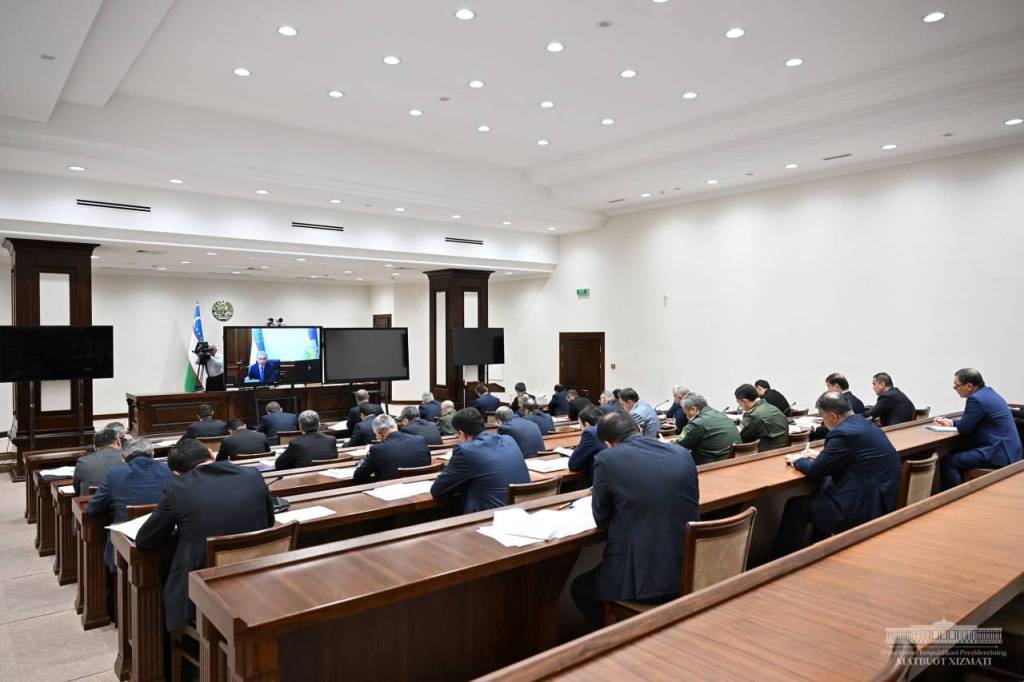
In this regard, the task has been set to replace the heating system in 1 million households across the country with an energy-saving one.
There are 2,349 large gas consumers in the country. Many are efficient. For example, a tile manufacturing plant in Akhangaran has introduced a technology for reusing emitted heat. However, only 25 percent of large consumers have modern gas-saving equipment installed.
The Head of state mainly focused on this, emphasizing that regional hokimiyats and the Energy Inspectorate should deal with such issues. Instructions have been given to install energy-saving technologies in large gas consumer enterprises.
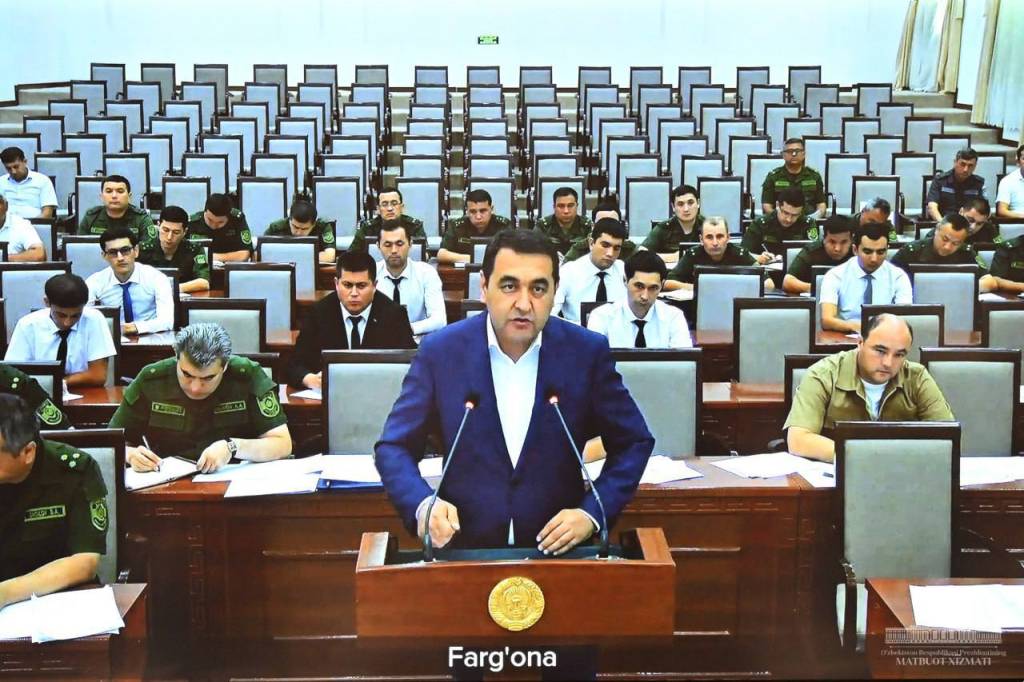
As is known, according to the decree of the President of August 23 this year, the Inspectorate for Control over the Use of Electricity, Oil Products and Gas – Uzenergoinspection was transferred to the Cabinet of Ministers. This will increase its capabilities and efficiency.
From now on, such work must be carried out on the largest electricity consumers.
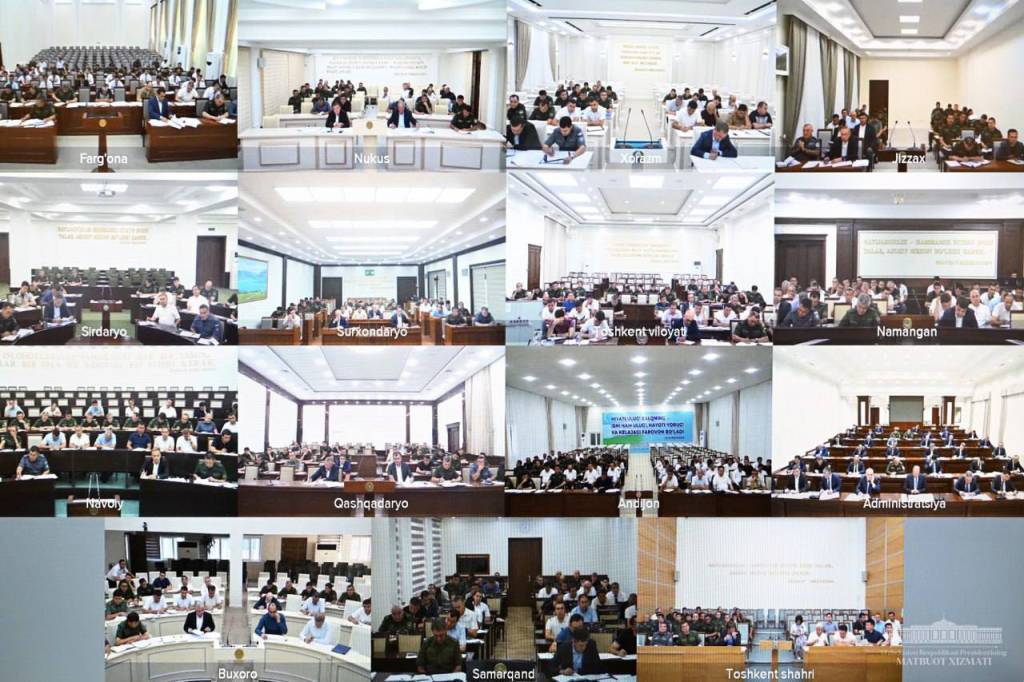
There is a positive experience in this regard. For example, a 100 MW solar station was installed on the Amu-Bukhara canal. As a result, the energy received from the grid was reduced by 30 percent or 200 million kilowatts. The exact capacity is planned to be launched.
Considering that water management enterprises account for 10-11 percent of total electricity consumption, the task has been set to reduce electricity consumption in these enterprises by at least 25 percent in the next three years.
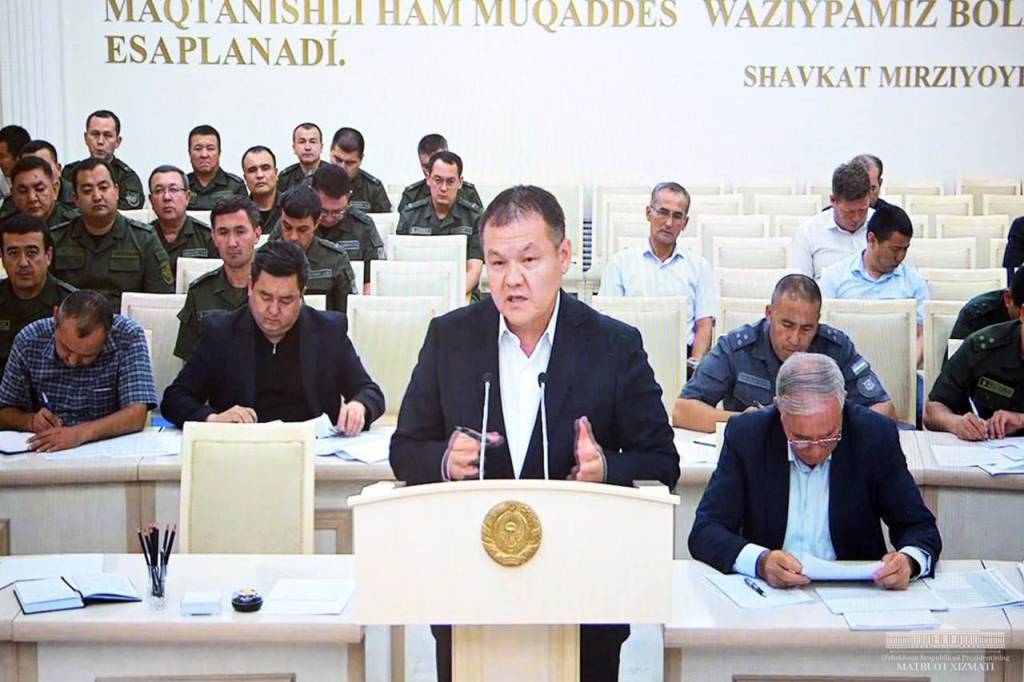
Another important source of energy efficiency is solar energy. For example, an entrepreneur in Oltiariq installed solar panels with a capacity of 300 kilowatts and produces 540 thousand kilowatt-hours of electricity per year, or 486 million UZS.
This year, alternative energy sources with a total capacity of 182 MW for the population and 791 MW for entrepreneurs are planned. However, work in this direction is progressing slowly in certain regions, and the relevant officials have been strictly warned.
“Installation of alternative energy sources is a state policy”, the President said.
At the meeting, regional hokims and heads of the energy complex reported on measures to save electricity and natural gas in the regions.

